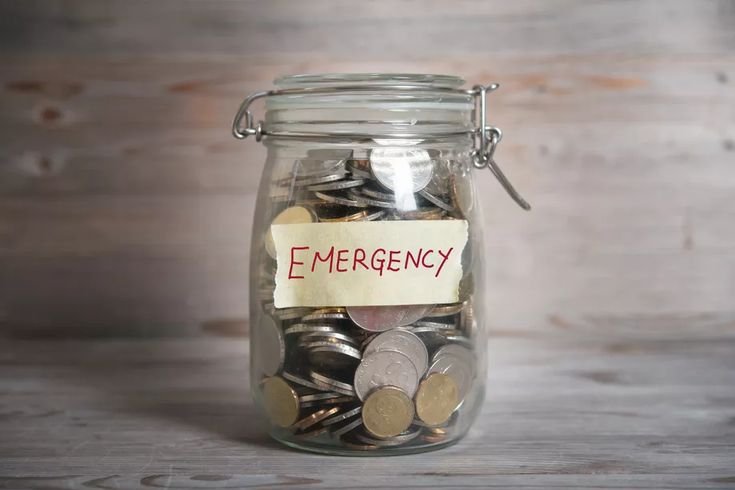
Introduction
Managing variable expenses is essential for maintaining financial stability and achieving long-term goals. Unlike fixed expenses, variable expenses can fluctuate significantly from month to month, making them challenging to predict and manage. This guide offers practical tips for handling these fluctuating costs in your budget, ensuring you can control your finances even when expenses vary.
Understanding Variable Expenses
Variable expenses are costs that change in amount and frequency. Common examples include:
- Utility Bills: Electricity, water, and gas bills vary based on usage and seasonal changes.
- Groceries: Food costs can fluctuate due to price changes, dietary changes, or special occasions.
- Transportation: Fuel costs, car maintenance, and public transport fees vary.
- Entertainment: Spending time dining out, watching movies, and engaging in other leisure activities can differ each month.
- Medical Expenses: Health-related costs, including prescriptions and doctor visits, can be unpredictable.
- Travel: Vacation and travel expenses can vary greatly depending on the time of year and destination.
Importance of Managing Variable Expenses
Effective management of variable expenses is crucial for several reasons:
- Financial Stability: Helps avoid financial strain and ensures funds are available for essential expenses.
- Savings: Allows you to allocate more towards savings and investments.
- Debt Reduction: Prevents accumulation of debt due to unexpected expenses.
- Peace of Mind: Reduces stress and anxiety related to financial uncertainties.


Tips for Managing Variable Expenses
1. Track Your Spending
The first step in managing variable expenses is understanding where your money goes. Track all your expenses for at least a month to identify patterns and areas where costs fluctuate. Record your spending using tools like budgeting apps, spreadsheets, or even a simple notebook.
2. Categorize Your Expenses
Categorize your expenses into fixed and variable. Fixed expenses include rent, mortgage payments, and insurance premiums. Variable expenses cover the fluctuating costs mentioned earlier. This categorization helps you prioritize and manage each type of expense effectively.
3. Create a Realistic Budget
Based on your tracked expenses, create a realistic budget for fixed and variable expenses. Allocate a specific amount for each variable expense category, using historical data to estimate average costs. Make sure your budget is relaxed enough to accommodate fluctuations.
4. Build an Emergency Fund
An emergency fund acts as a financial shield against unexpected variable expenses. Aim to save at least three to six months’ living expenses in a readily reachable account. This fund can cover sudden increases in costs or unforeseen expenses, providing financial security.


5. Prioritize Essential Expenses
Identify and prioritize essential variable expenses, such as groceries, utilities, and transportation. Ensure these are covered in your budget before allocating funds to non-essential categories like entertainment and dining out.
6. Implement Cost-Cutting Measures
Look for a method to decrease your variable expenses. For example:
- Utilities: Use energy-efficient appliances, turn off lights when not in use, and reduce water consumption.
- Groceries: Plan meals, buy in bulk, and use coupons or discounts.
- Transportation: Carpool, use public transport, or maintain your vehicle to improve fuel efficiency.
7. Use Cash for Discretionary Spending
Consider using cash instead of credit or debit cards for non-essential variable expenses. This can help limit spending and make you more mindful of your purchases. Once the money is gone, you’ll have to wait until the next budget cycle to spend more, preventing overspending.
8. Review and Adjust Regularly
Regularly review your budget and spending habits. Adjust your budget as needed to reflect changes in your financial situation, such as income changes or new expenses. This ensures your budget remains relevant and effective in managing variable costs.


9. Use Technology to Your Advantage
Budgeting apps and financial tools can help track expenses, categorize spending, and alert you to potential overspending. Some popular apps include Mint, YNAB (You Need a Budget), and PocketGuard. These tools can automate parts of the budgeting process, making it easier to manage variable expenses.
10. Plan for Irregular Expenses
Some variable expenses occur less frequently but can significantly impact when they do. Examples include annual subscriptions, car insurance premiums, or holiday gifts. Plan for these irregular expenses by setting aside small monthly amounts so you’re prepared when they arise.
11. Set Spending Limits
Set specific spending limits for each category of variable expenses. For instance, allocate a fixed amount for dining out each month. If you reach the limit, refrain from spending in that category until the next budget cycle. This discipline helps prevent overspending and encourages mindful spending.
12. Negotiate Bills and Subscriptions
Many service providers offer discounts or lower rates if you negotiate. Call your utility companies, internet providers, or subscription services and ask for better rates. This can lead to significant savings on your variable expenses.

Conclusion
Managing variable expenses requires diligence, flexibility, and regular review. You can handle fluctuating costs effectively by tracking your spending, creating a realistic budget, and implementing cost-cutting measures. Building an emergency fund and using technology to your advantage can further enhance your financial stability. With these tips, you’ll be better equipped to manage variable expenses and achieve your financial goals.

Leave a Reply